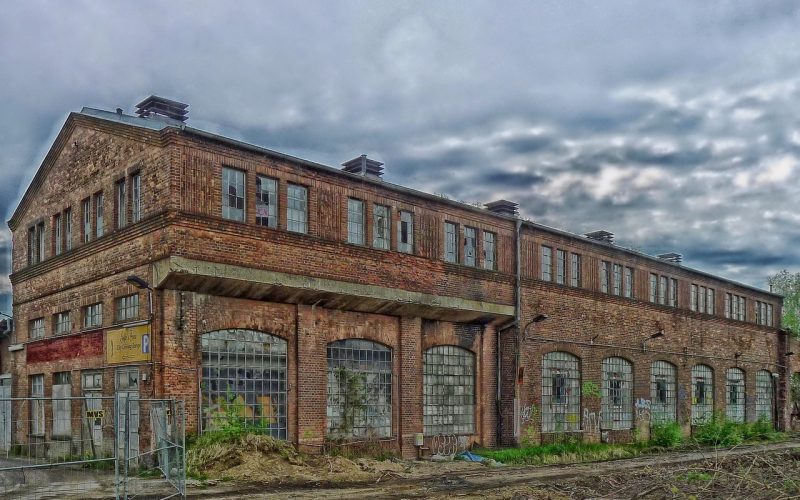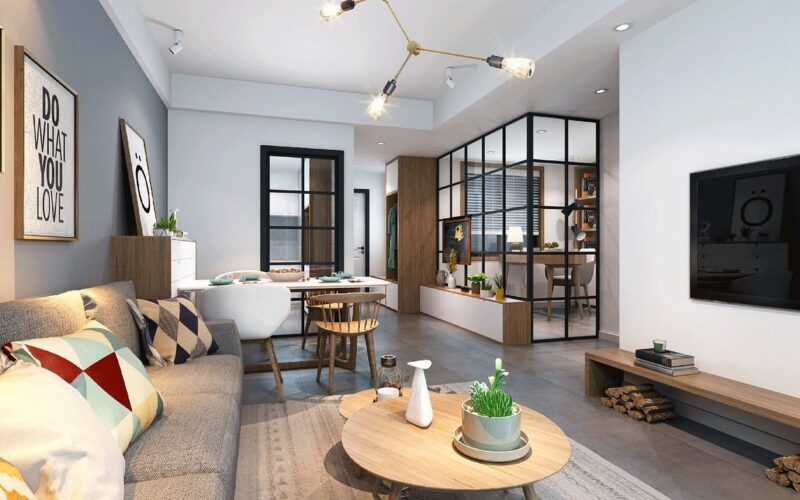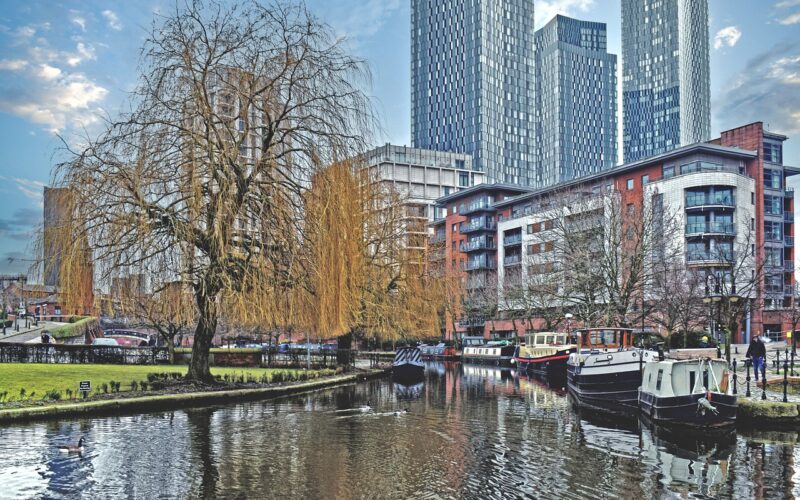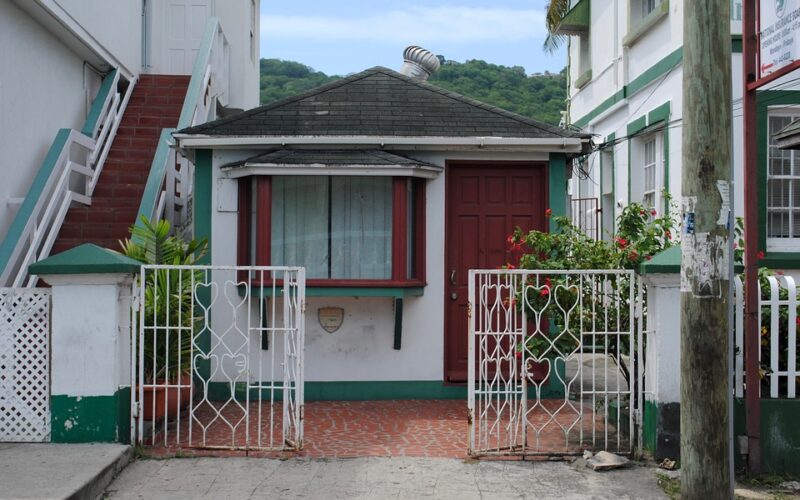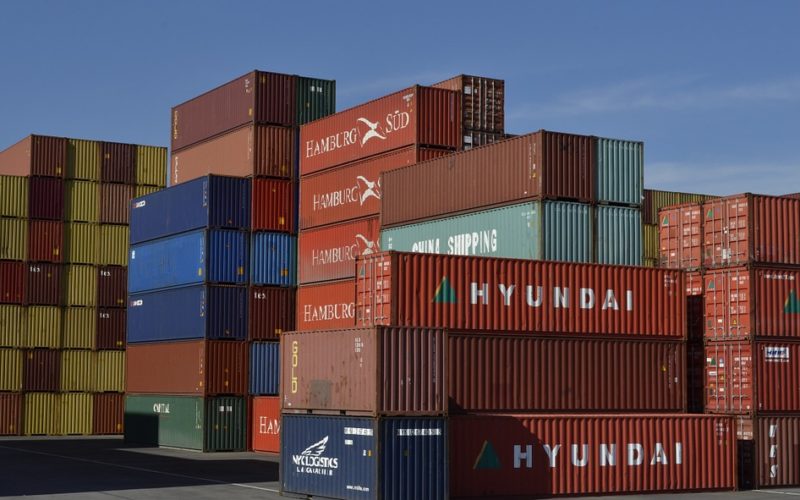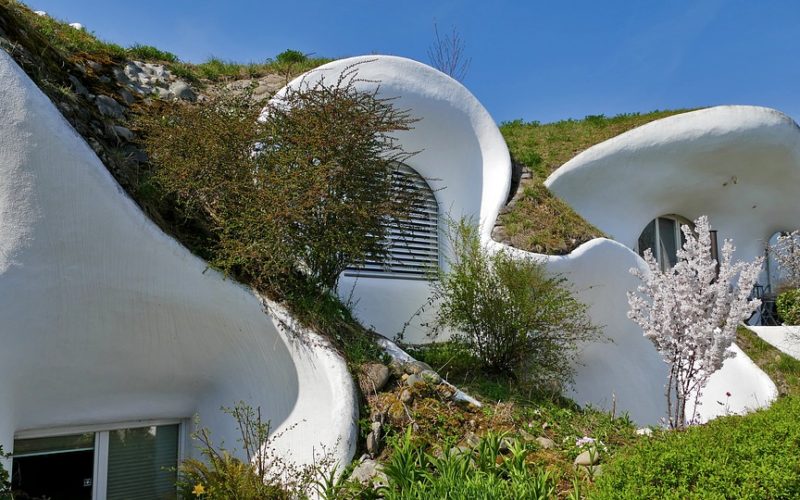Urban areas around the world are experiencing unprecedented growth in population, leading to a skyrocketing demand for housing. This trend is particularly pronounced in cities that serve as economic and cultural hubs. The allure of job opportunities, vibrant cultural scenes, and accessibility to essential services has drawn more people into urban centres. However, this influx poses significant challenges for city planners and developers, as they grapple with the dilemma of building more homes on less available space.
Scarcity of land
One of the most pressing challenges in urban housing development is the scarcity of land. With cities expanding both horizontally and vertically, open plots for new housing developments are becoming rare. Much of the available land is either already developed or deemed unsuitable for construction due to environmental considerations or zoning regulations. This scarcity drives up property prices, making it difficult for developers to secure affordable land for new housing projects and prompting a need for innovative solutions to maximise the existing space.
Environmental and regulatory constraints
Environmental considerations also play a crucial role in urban housing challenges. Building on limited land often requires navigating complex regulatory frameworks designed to protect green spaces, heritage sites, and ecosystems. These regulations, while essential for sustainable urban development, can slow down the construction process and increase costs. City planners must strike a delicate balance between accommodating new housing and preserving the environmental integrity of urban areas, a task that requires careful planning and collaboration among various stakeholders.
Infrastructure limitations
In addition to land and regulatory challenges, cities face infrastructure limitations that hinder new housing developments. Existing utilities, such as water, electricity, and waste management systems, may not have the capacity to support a growing population. Upgrading these systems to accommodate new housing is often a costly and time-consuming process, adding another layer of complexity to urban development. Furthermore, transportation infrastructure must also be considered, as inadequate public transport can lead to congestion and reduced quality of life for residents.
The rise of vertical living
Given the constraints on horizontal expansion, many cities are turning to vertical living as a viable solution to housing shortages. High-rise residential buildings offer a way to accommodate more people in a limited area by utilising vertical space. However, this approach comes with its own set of challenges. High-rise construction requires significant investment, and maintaining these structures demands continuous resources and planning. Additionally, ensuring that vertical living environments meet safety standards, provide adequate amenities, and foster a sense of community is vital for the success of this housing model.
Innovative approaches to urban housing
To address the myriad challenges of urban housing, cities are increasingly adopting innovative approaches that blend technology and design. Modular construction, for example, offers a faster and more cost-effective way to build homes by assembling prefabricated units on-site. Additionally, smart city initiatives leverage technology to optimise resource usage and improve the efficiency of urban infrastructure. By integrating data-driven insights into housing development, cities can create more responsive and adaptive living environments that meet the needs of their residents.
Collaborative solutions for sustainable growth
Ultimately, overcoming the challenges of building more homes in urban areas requires collaboration between government bodies, private developers, and local communities. Public-private partnerships can facilitate the financing and implementation of housing projects, while community engagement ensures that developments align with the needs and aspirations of residents. By fostering a collaborative approach to urban housing, cities can work towards creating more inclusive, sustainable, and liveable environments for all.



